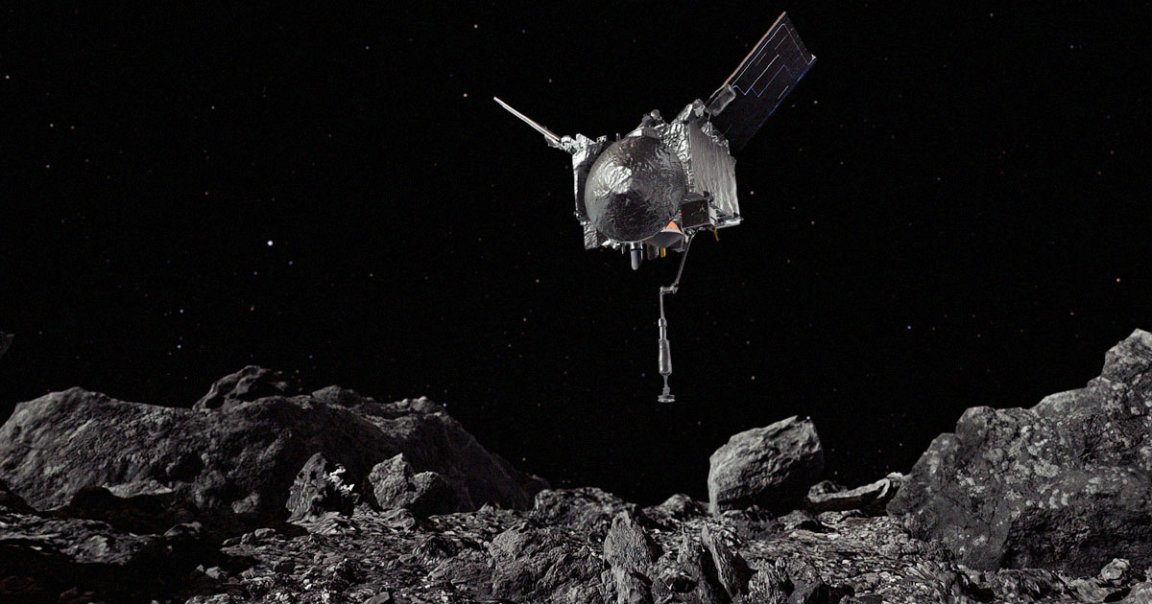
Water World
Ever since NASA’s OSIRIS-REx spacecraft successfully dropped off samples taken from the asteroid Bennu in September, scientists have been poring over results from the precious cargo, the largest cache of its kind ever returned to Earth.
Preliminary results released in October suggested the samples contained both carbon and water, the “building blocks of life on Earth,” as NASA put it in a triumphant announcement at the time.
Now, the team lead behind the groundbreaking mission is willing to go even further, suggesting the possibility that Bennu was once part of a water-rich planet or pseudoplanet billions of years ago.
“My working hypothesis is that this was an ancient ocean world,” principal investigator Dante Lauretta, a planetary science professor at the University of Arizona, told New Scientist.
Working Hypothesis
The OSIRIS-REx mission has been a resounding success, with Lauretta revealing that the probe brought back almost twice the amount of samples than the 60 grams NASA initially aimed for.
Lauretta is basing his latest hypothesis on still-unpublished results of a recent analysis. He claims the thin and bright crust of Bennu’s otherwise dark rock is made of a rare calcium and magnesium-rich phosphate, the same material that’s been found to shoot from the vents on the surface of Saturn’s moon Enceladus, a moon that’s widely believed to be an ocean world with a vast reservoir of liquid water beneath a thick shell of ice.
Lauretta thinks Bennu may have been part a similar space rock, albeit only half the size. And other experts seem to be tentatively agreeing with that conclusion.
“There are indeed similarities between the mineralogy of Bennu and what has been found on Enceladus,” University of Washington postdoctoral researcher Fabian Klenner told New Scientist.
More on Bennu: NASA Finally Rips Lid Off Stubborn Asteroid Sample